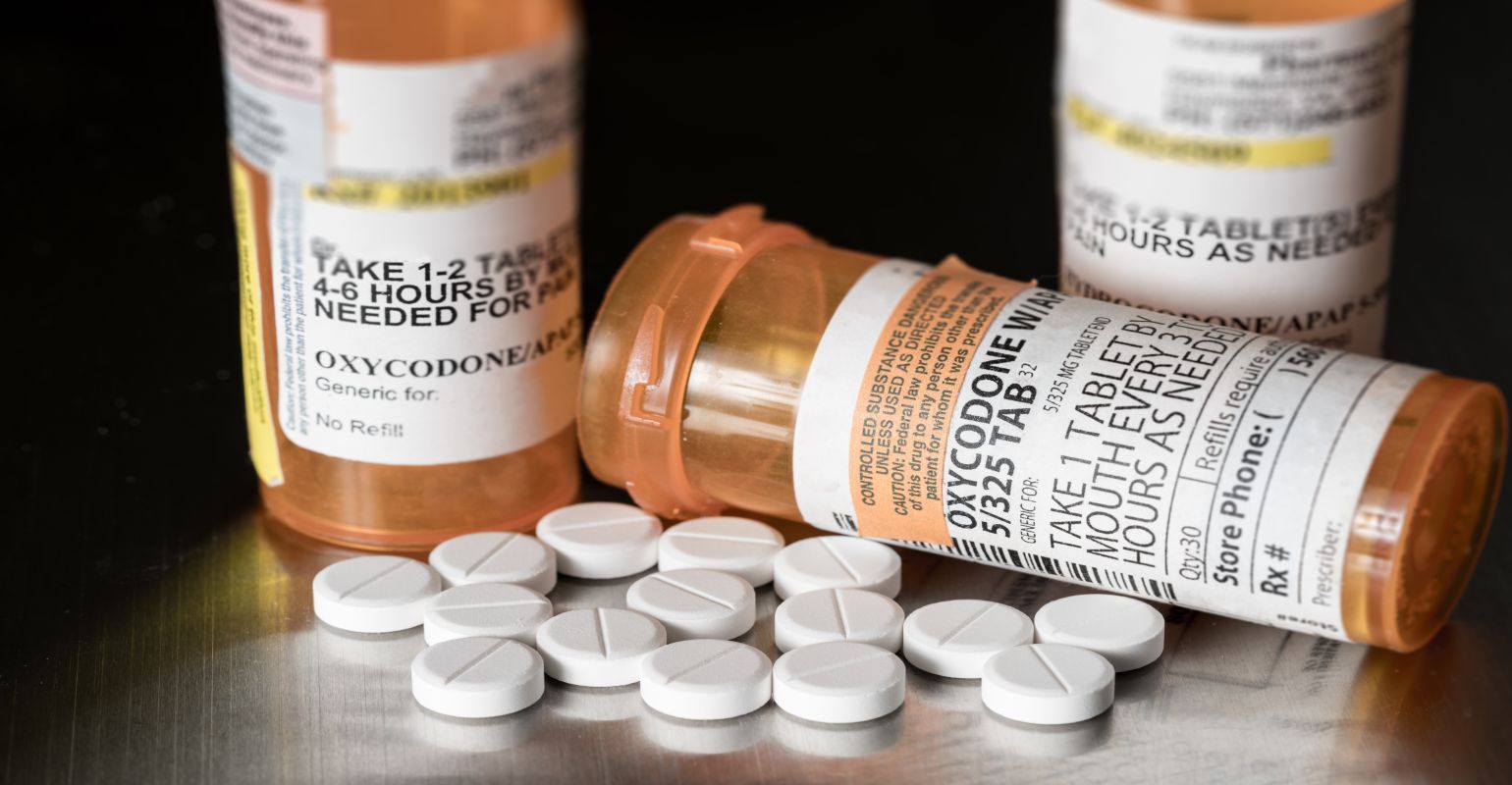Article
Rheumatoid Arthritis Pain Persists Despite TNF Inhibitor Use
Author(s):
Opioid use among patients with rheumatoid arthritis is prevalent, and while there is a small decrease in overall opioid use after tumor necrosis factor (TNF) inhibitor initiation, newly initiated opioid use after TNF inhibitor initiation may reflect an unmet need in pain management, say researchers writing in Rheumatology and Therapy this month.

Opioid use among patients with rheumatoid arthritis is prevalent, and while there is a small decrease in overall opioid use after tumor necrosis factor (TNF) inhibitor initiation, newly initiated opioid use after TNF inhibitor initiation may reflect an unmet need in pain management, say researchers writing in Rheumatology and Therapy this month.
In the United States, approximately 1.36 million adults, comprising 0.6 percent of the population, are affected by rheumatoid arthritis. The development of new disease-modifying antirheumatic drugs, including TNF inhibitors has changed the paradigm of disease management by making disease remission the treatment goal. However, pain control is an unmet need among patients with rheumatoid arthritis and it is estimated that as many as 55 percent use opioid analgesics. There are well-documented risks associated with opioid use including overdose and opioid use disorder, along with an increased risk of infection and fracture in patients with rheumatoid arthritis.
“Patterns of opioid utilization before and after TNF inhibitor initiation have not been well characterized. This study aims to examine multiple measures of change in opioid utilization after the initiation of TNF inhibitor,” wrote the authors, led by Siyeon Park, Pharm.D., R.Ph., of the University of Maryland School of Pharmacy in Baltimore.
This real-world study included commercial insurance data on 2230 rheumatoid arthritis patients (mean age 51.7 years, 75 percent female) who were followed for at least 24 months between January 2007 and December 2015 and who initiated a TNF inhibitor. Of the patients, 38.8 percent were using opioids at baseline and during the follow-up periods.
During the study, the proportion of patients receiving any opioid decreased 54 percent to 51 percent. Also, the proportion receiving ≥ 50 mg median daily morphine equivalent dose decreased from 12.6 percent to 10.6 percent following TNF inhibitor initiation.
The finding of a modest decrease in overall proportion of patients using opioid after TNF inhibitor initiation is consistent with previous research. “However, the decrease may be deemed significant when looking at the patients who were using opioid before TNF inhibitor initiation,” the authors wrote.
Further, 26.5 percent of patients with no opioid use started taking them after TNF inhibitor initiation. “This new opioid initiation post-TNFi may reflect an unmet need in pain management,” the authors wrote.
Pain symptoms in rheumatoid arthritis could be due to different mechanisms including inflammation, structural joint damage, or central sensitization and residual pain even after rheumatoid arthritis treatment.
“This study provides a more comprehensive examination of opioid use pre- and post TNF inhibitor initiation, including overall opioid use, proportion of patients with new opioid use, proportion of those with opioid discontinued, and proportion of patients with high daily MED of opioids,” the authors said.
The authors highlighted that since many patients also had non-arthritis pain, it is possible that they were taking opioids for conditions other than rheumatoid arthritis.
REFERENCE
Siyeon Park, Tham T. Le, Julia F. Slejko, et al. “Changes in Opioid Utilization Following Tumor Necrosis Factor Inhibitor Initiation in Patients with Rheumatoid Arthritis.” Rheumatol Ther. October 18, 2019. doi: 10.1007/s40744-019-00175-6.




